“You either love it or hate it,” says Nissan Europe design boss Matt Weaver, referring to the looks of the first-generation Juke. That’s certainly true, but it’s not done Nissan any harm - it’s sold more than one million Jukes since launching the innovative model in 2010.
Even last year, despite the arrival of no less than 21 rivals in the interim, it sold around 70,000 Jukes in Europe, not too far off its peak year of 106,242 units in 2013.
This second-generation Juke, then, still looks like a Juke, albeit more mature. “In the early days [of the second-generation’s work], some designs were unrecognisable. We were wondering whether we should Juke the Juke [i.e. design another radical car] and come with a completely different angle, but there was so much material from the first generation that we could improve, that’s the way we felt it should go.”
He admits, given the success of the Juke, that the new one was a “little bit of a tricky second album because the first car was such a strong statement”.
There were three full-size designs of this Juke - one from Japan, one from Europe and one from the US. “Interestingly, they all started to tie quite closely to the European one. I think the other regions understood that Europe is really the owner of Juke,” commented Weaver.
What key features carry over from the first generation? The quad headlights, now fully LED; the ‘V-motion’ grille; and the sloping coupé roofline.
The biggest changes involved making the car more sporty-looking, while increasing practicality in the rear and boot, a major bugbear of the first Juke.
“As designers, we always try and make cars super-dynamic, but with this car we wanted to increase useability - luggage and rear occupant space - so it’s about balancing that sporty, agile look with increasing usability,” said Weaver.
His favourite part of the new Juke is the interior: “It’s jumped quite a few levels up. The first gen was quite playful. In this one, it’s much more refined and mature with high quality of materials.” He’s not lying - at first glance, the inside is dramatically improved, a necessary move when you consider rivals such as the Seat Arona.
And so, Nissan has stuck to its guns with the Juke. Weaver commented: “The first car was so strong in its design intent, it’s literally influenced the whole industry - for example, the quad headlights, you see that quite commonly across the whole industry now.
“The original Juke was iconic - polarising if you like - and I think to make a car with such a strong statement like that you have to go in breaking a few eggs to make an omelette.
He concluded: “Now with the second-gen Juke, we’ve looked at what we can improve. We think we’ve made it more sporty, more agile with a longer wheelbase and bigger wheels.”
The maker is confident it can match the previous Juke’s success, despite the plethora of competitors, thanks to a solid customer base and improved practicality.
Time will tell, but the Juke is a perfect example of how striking design, whether you like it or not, can win over Russian-doll styling.

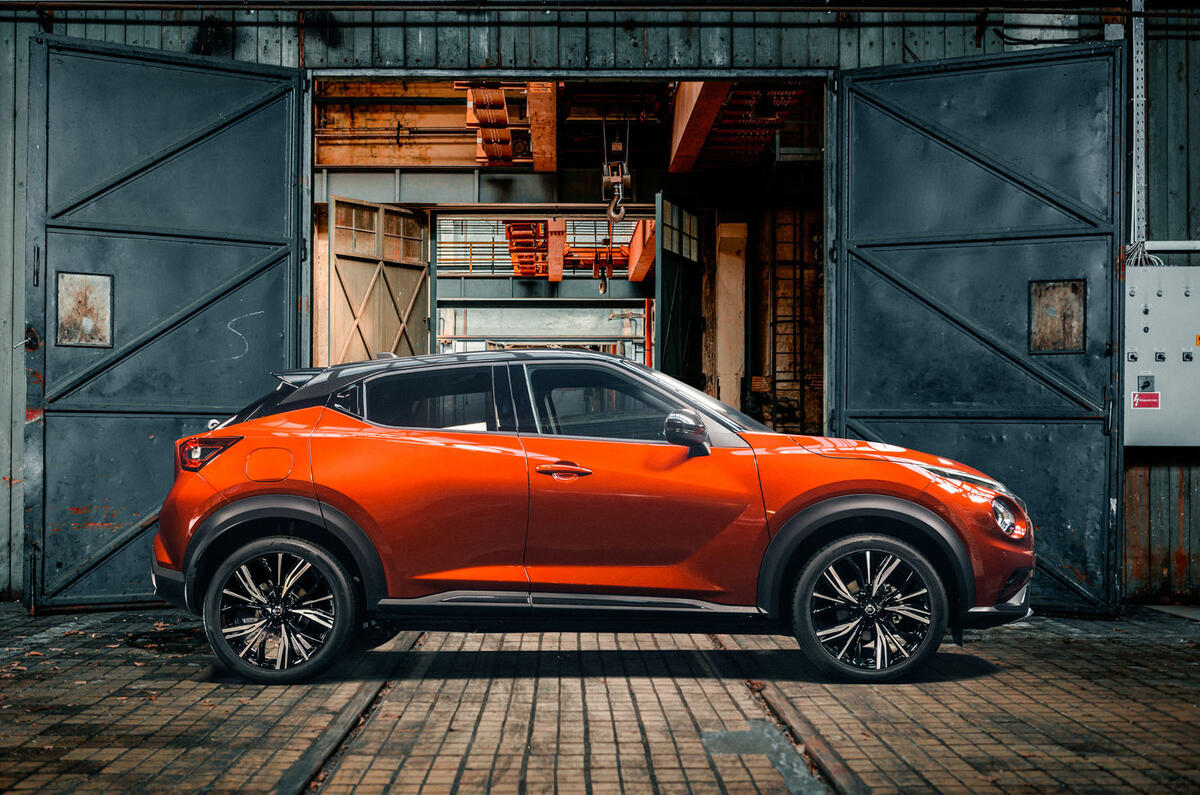
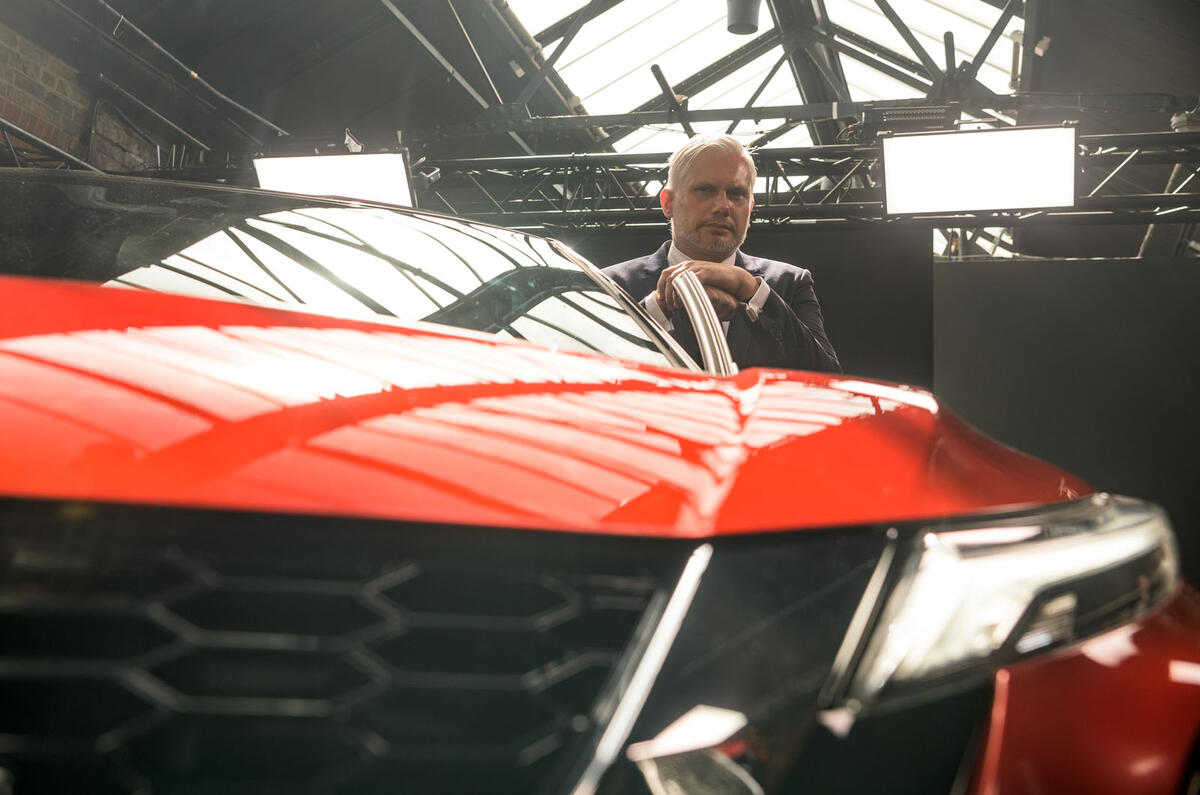


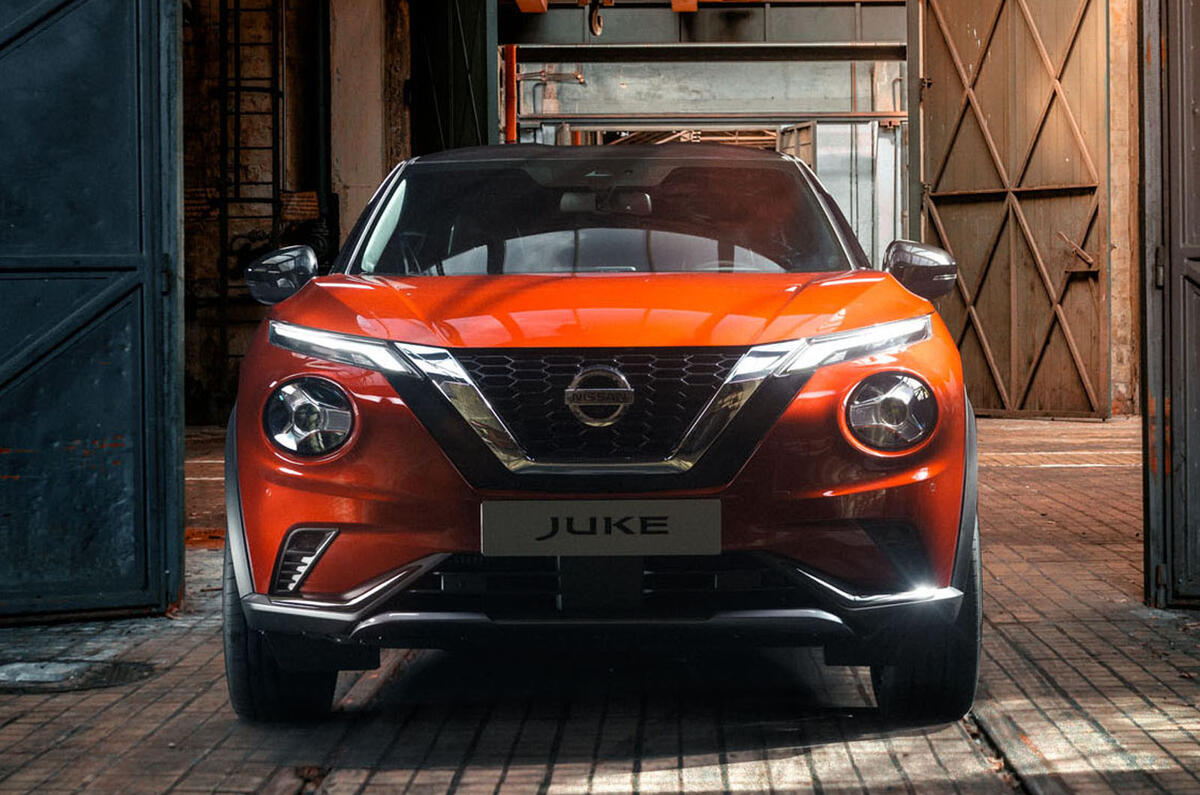
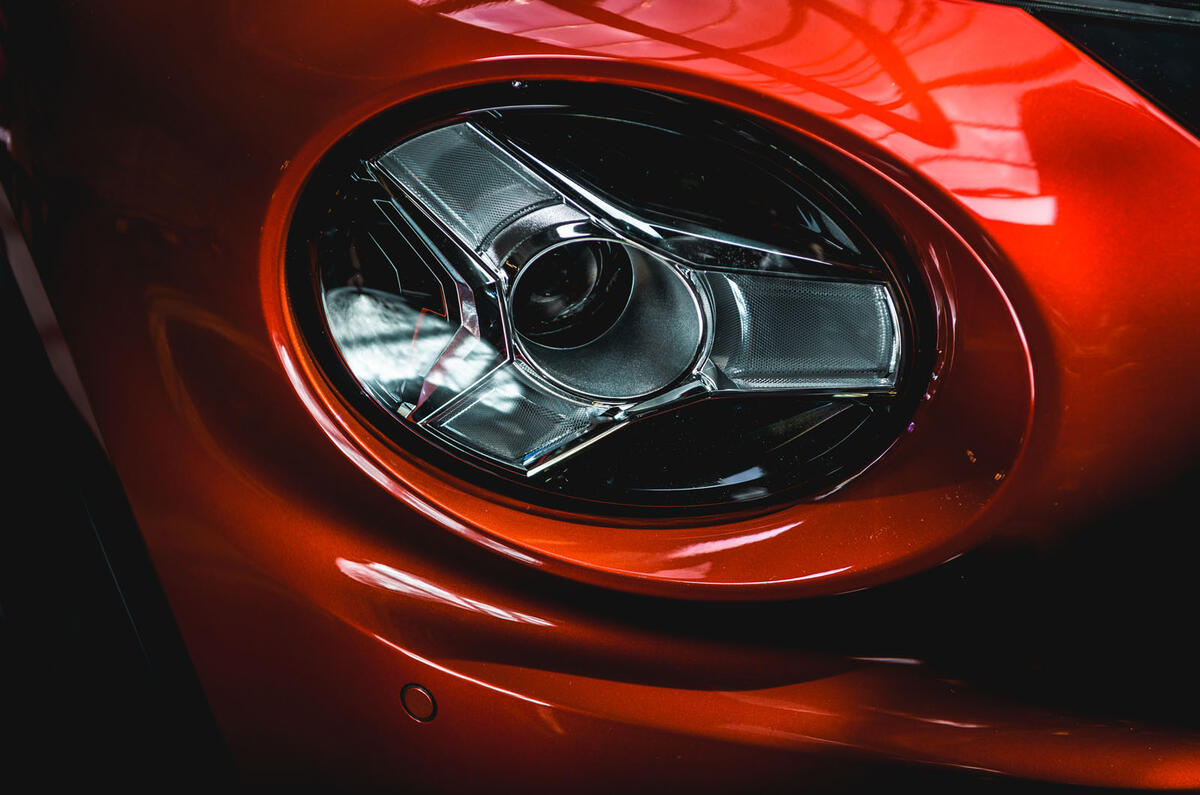
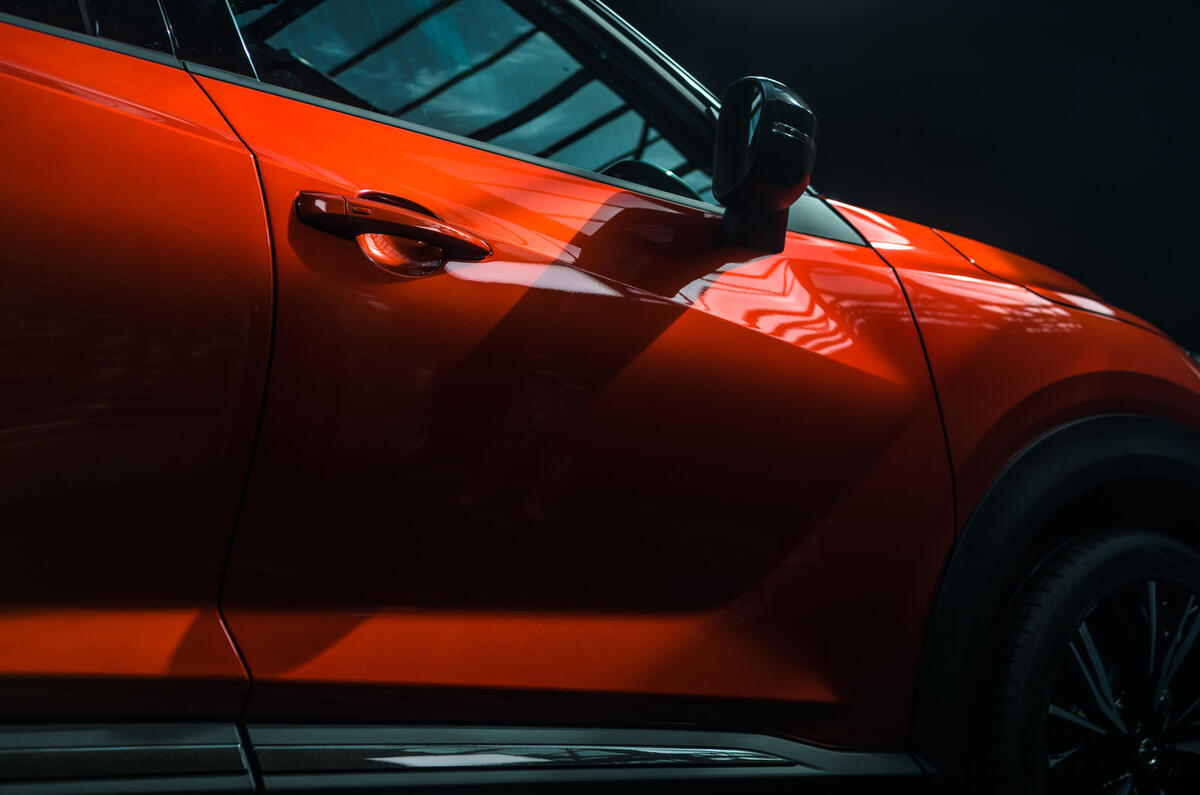
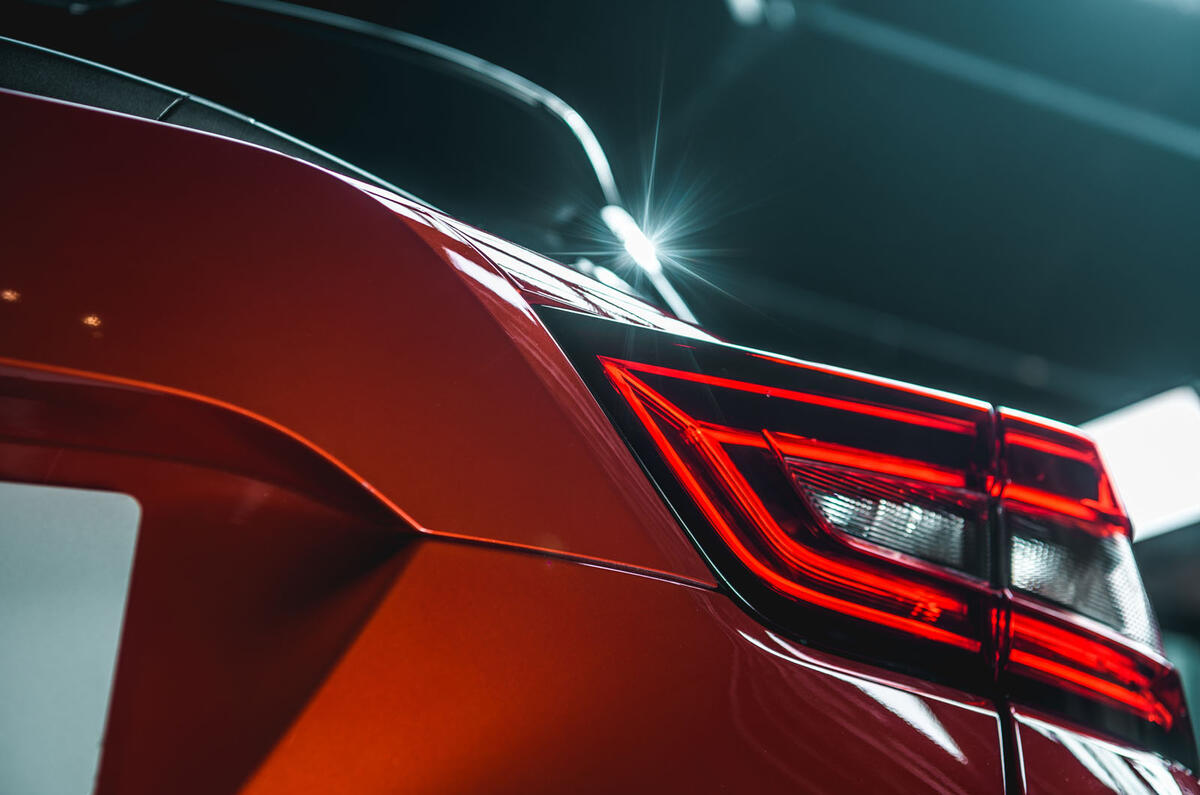
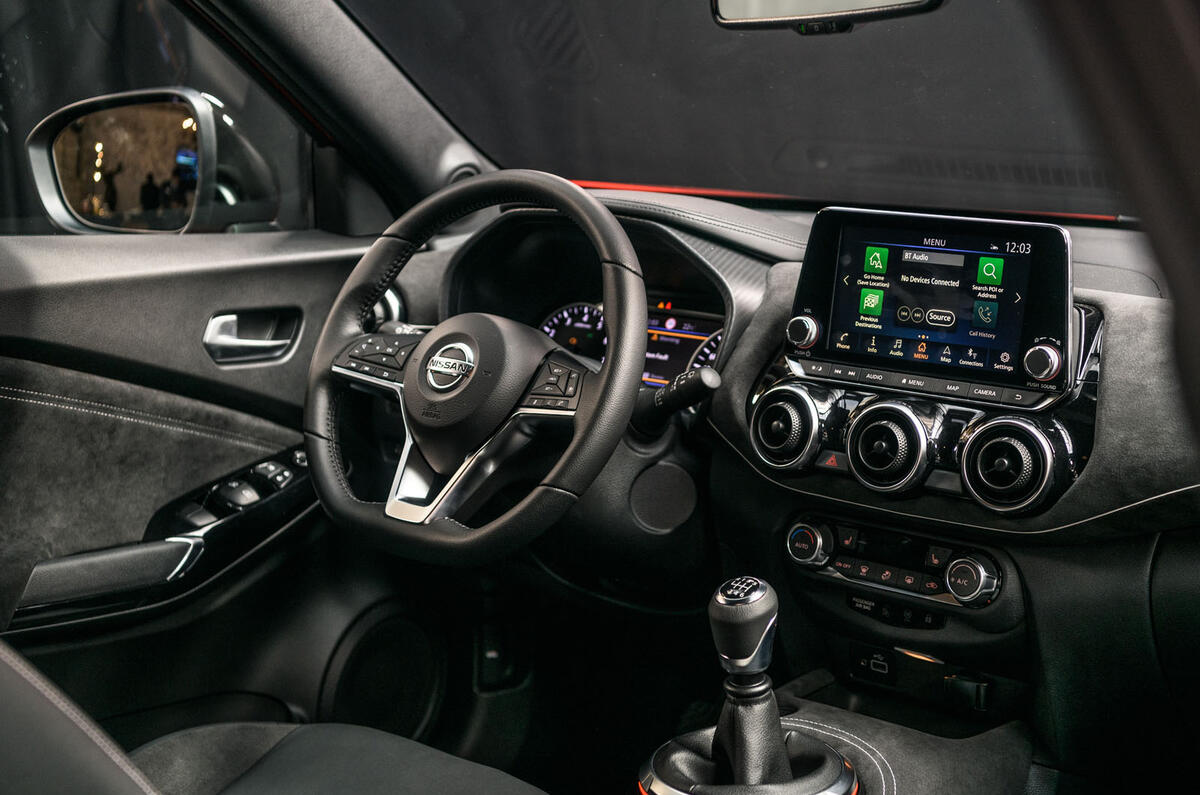
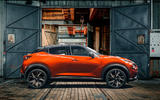
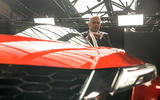
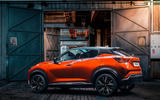
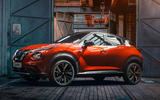

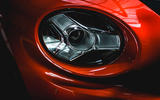

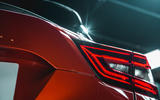
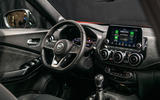


Join the debate
Add your comment
.
What a minger. Seems about normal for Nissan though..
Certainly better than 1st gen
but not sure about the round headlights